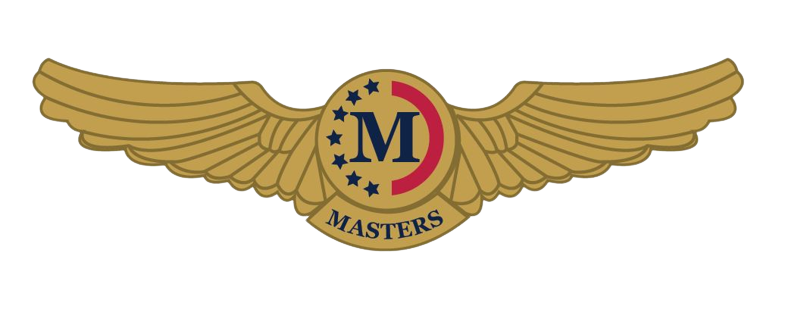Boeing vs. Airbus: A Comparison
Reading time: 5 min
Boeing and Airbus are the two largest commercial aircraft manufacturers in the world. Both companies produce a wide range of aircraft, from small single-aisle jets to large wide-body airliners. However, there are some key differences between the two companies’ aircraft.
For starters, the Boeing company was founded in 1926 in the state of Illinois, Chicago U.S; Airbus was formed under a consortium of European aerospace companies in 1970 and is based in Toulouse, France.
Design Philosophy
One of the most significant differences between Boeing and Airbus aircraft is their design philosophy. Boeing aircraft are typically designed with a focus on efficiency and reliability. Airbus aircraft, on the other hand, are designed with a focus on passenger comfort and innovation.
This difference in design philosophy is evident in the two companies’ aircraft. Boeing aircraft are typically more fuel-efficient than Airbus aircraft, but they can also be more cramped and less comfortable. Airbus aircraft, on the other hand, are typically more spacious and comfortable, but they may also be less fuel-efficient.
Cockpit Design
Another key difference between Boeing and Airbus aircraft is their cockpit design. Boeing aircraft typically have a more traditional cockpit design, with the pilot and co-pilot sitting side-by-side; Boeing generally adopts a more classic approach to flight controls. The aircraft’s control surfaces, such as ailerons, elevators, and rudders, are activated by maneuvering the yoke.
Airbus aircraft, on the other hand, have a more modern cockpit design, with the pilot and co-pilot sitting in front of each other; On the other hand, Airbus was the first manufacturer to introduce the Fly-By-Wire (FBW) concept. Unlike manual flight controls, the FBW system translates the pilots’ inputs into electrical signals. After processing the information received, these are transmitted to a computer that identifies the optimal way to activate the aircraft’s control surfaces. Airbus pilots use a sidestick similar to a console joystick to steer their aircraft.
Cross-Model Similarity
Airbus emphasizes commonality across its aircraft models, meaning that pilots can more easily transition between different Airbus aircraft. This approach benefits airlines by reducing training time and costs.
Boeing’s aircraft, in contrast, have more variation in cockpit design and systems. While this can make transitioning between models more challenging, it allows Boeing to tailor each aircraft to specific market needs.
Customer Service
Boeing and Airbus have a similar reputation for customer service. However, there have been some notable differences in the customer service of the two companies in recent years.
In 2019, Boeing was criticized for its handling of the 737 MAX crisis. The company was accused of being slow to respond to the crisis and of not being transparent with customers. Airbus, on the other hand, has been praised for its handling of the A380 crisis. The company was quick to respond to the crisis and was transparent with customers.
Start your future career in Aviation in an International Company, Just Register Here.
ما را در صفحات اجتماعی دنبال کنید
Follow us on Instagram & LinkedIn:
https://www.instagram.com/agmacademy.ir/
https://www.linkedin.com/company/agm-academy/


All rights reserved for AGM Academy. All redistered signs include the commercial signs are only authorized by AGM Academy.
